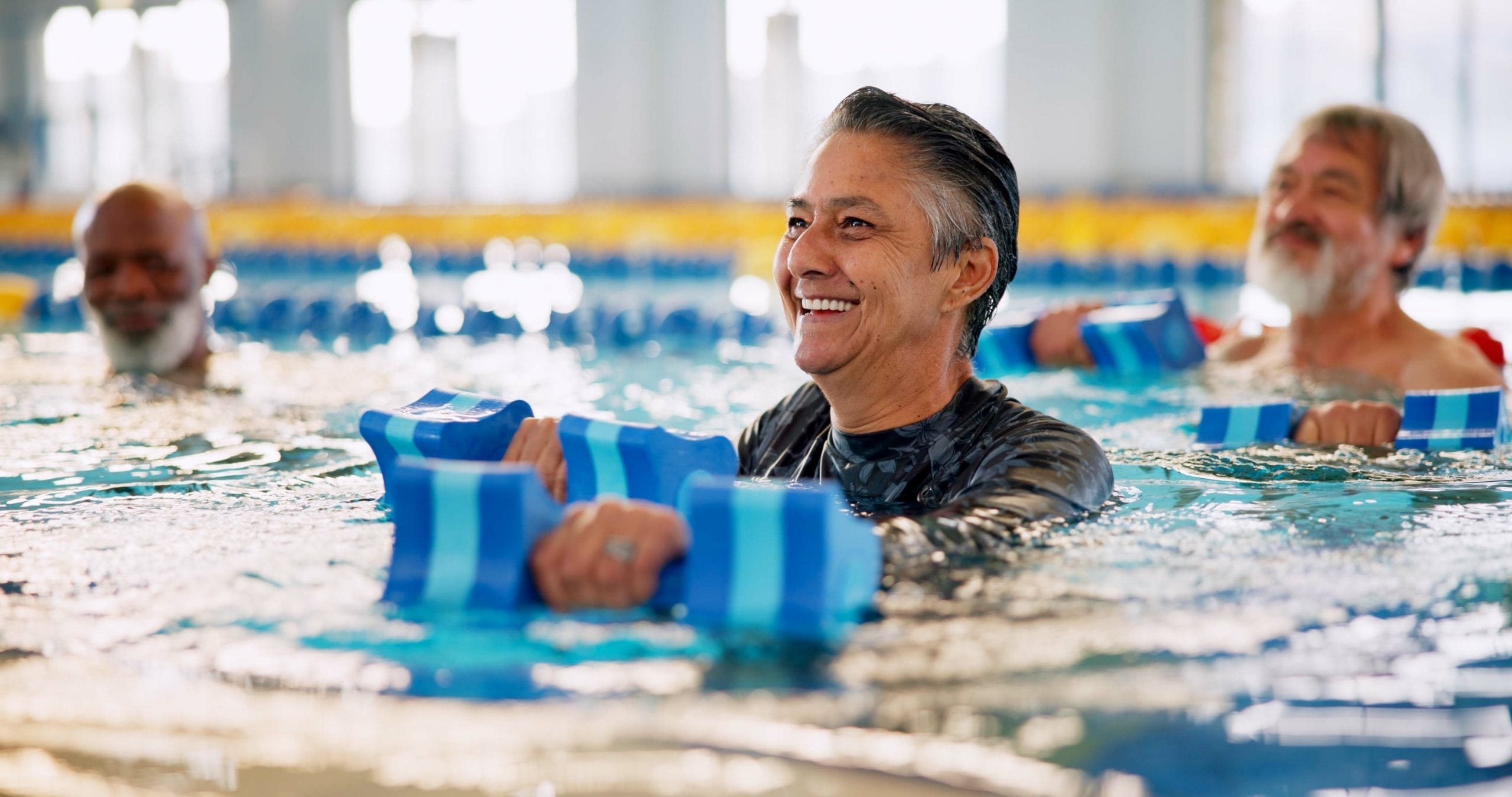
Movement and Mindfulness: Combining Physical Activity with Mental Focus for Neurodivergent Brains
When it comes to managing ADHD, especially as adults, the solution isn’t always in the medication cupboard. Sometimes, it’s right under our noses, or rather, at our fingertips. I’ve seen close friends with ADHD benefit enormously from a mix of mindful movement, and it’s been a game-changer for their focus and well-being. Let’s dive into movement and mindfulness for ADHD
If you’re neurodivergent or supporting someone who is, you’ll know how challenging it can be to keep energy and focus balanced. Physical activity combined with mindfulness can work wonders, especially if you’re looking for a natural way to help manage ADHD symptoms. So, let’s explore how this unique blend of movement and mindfulness can bring calm, focus, and a better quality of life.
Why Movement and Mindfulness?
Mindfulness alone has a well-documented impact on reducing stress, improving emotional regulation, and increasing focus, especially for those with ADHD. However, pairing it with movement adds an extra layer of benefit. Think of it as turning down the volume on mental chatter while tuning into the body’s natural rhythm, a rhythm that can help an ADHD mind find clarity.
Unlock peak brain performance with science-backed biohacks. Join free now & get your guide for just £4.99 (45% off)!

I’ve watched a friend who struggles with both ADHD and anxiety find a sense of balance through yoga. It wasn’t easy at first, but over time, combining the two made a profound difference. In fact, research shows that mindfulness practices can actually change brain structure, enhancing areas linked to self-control and focus.
Getting Started: Types of Mindful Movement for ADHD and Neurodivergence
So, what types of movement pair well with mindfulness, and how can they benefit neurodivergent individuals? Here are a few you might find helpful:
1. Yoga: Balancing Breath and Body
Yoga is perhaps one of the most well-known forms of mindful movement. The beauty of yoga is that it’s adaptable; you can find a pace that suits you, whether that’s slow and steady or a bit more dynamic. Yoga encourages breath control, focus, and grounding, elements that are particularly valuable for neurodivergent individuals.
I remember my friend Jamie telling me how yoga completely changed her mornings. She found that starting her day with a few poses and some deep breathing helped her stay grounded and centered, especially when ADHD made it difficult to settle. Yoga can provide a ‘reset’ button, helping to recalibrate both body and mind.
2. Tai Chi: Flowing with Intent
Tai Chi is a slower, gentler practice that can be highly effective for neurodivergent people. Unlike intense cardio, it’s about slow, deliberate movements that require attention to form and breathing. This practice can help manage stress, encourage patience, and improve physical coordination.
A study found that Tai Chi could reduce ADHD symptoms, particularly impulsivity and hyperactivity. Tai Chi’s emphasis on controlled, flowing movement makes it an ideal practice for neurodivergent minds looking to find focus without overwhelming stimulation.
3. Mindful Walking: Staying Present in Each Step
Mindful walking might sound simple, but it’s incredibly grounding. It’s about moving with awareness, noticing each step, and tuning into your body’s rhythm. This can be done anywhere, making it accessible even if you’re short on time or space.
One of my friends, who has ADHD, found that mindful walking helped ease his restless energy without needing a complex routine. Taking even five minutes to walk mindfully around the garden or down the street helped him focus his thoughts and gave him a much-needed mental breather.
4. Breath-Focused Stretching
Breath-focused stretching doesn’t require any specific equipment, just a quiet space and a little time. This type of stretching encourages slow, deep breathing while gently lengthening muscles. It’s particularly useful when stress or overstimulation sets in, as it helps release tension while focusing on each breath and movement.
Making Movement and Mindfulness a Habit
Introducing mindfulness practices can feel overwhelming, especially if you’re someone with ADHD. But the beauty of mindful movement is that it doesn’t have to be a big production. Start small, with just five or ten minutes each day, and build from there.
Tip: Create a simple schedule, maybe practicing yoga three times a week or taking a daily five-minute walk. Keep it flexible and adjust as needed.
A friend of mine found that setting a timer for her mindful walks helped keep her accountable without the pressure. She’d walk for ten minutes every afternoon and found that the routine gave her a calming sense of structure.
Supporting Neurodivergence with Movement and Mindfulness
The combination of movement and mindfulness can improve not only focus and emotional balance but also bring a sense of calm that’s often hard to achieve with neurodivergent minds. Physical activities like yoga or mindful walking become more than just exercises, they’re tools that support mental well-being.
What’s Next?
Interested in biohacking your brain and your body? Join our Herbal Biohacker Community for tips, discussions, and expert insights on natural ways to boost focus, energy, and mental clarity. We’re here to help you optimise your health, one herb or exercise at a time.







Helpful information, thank you for this team!